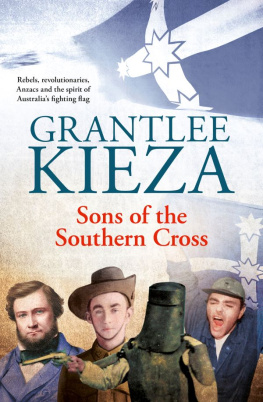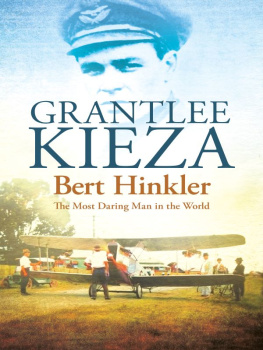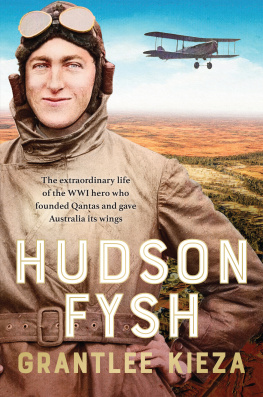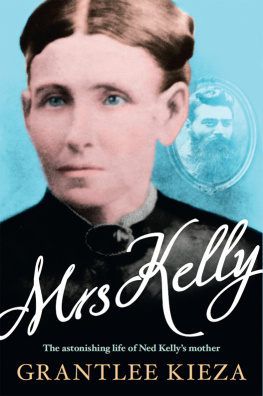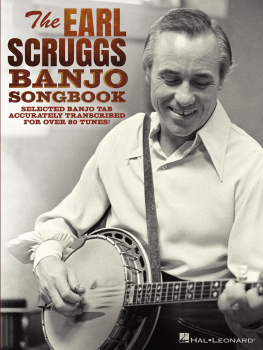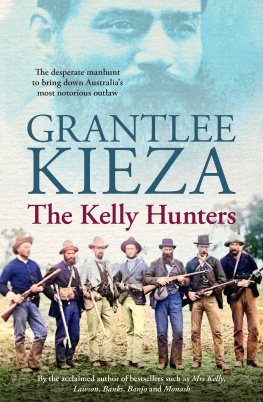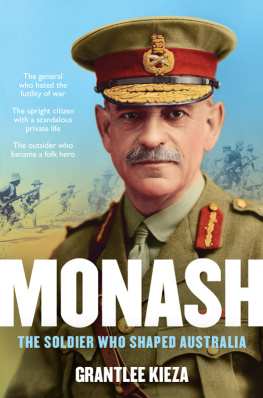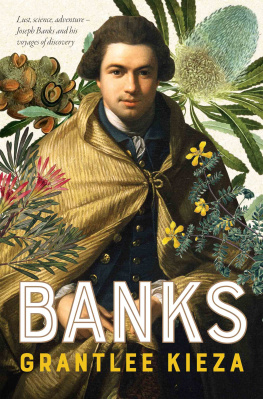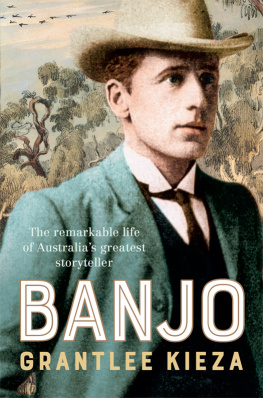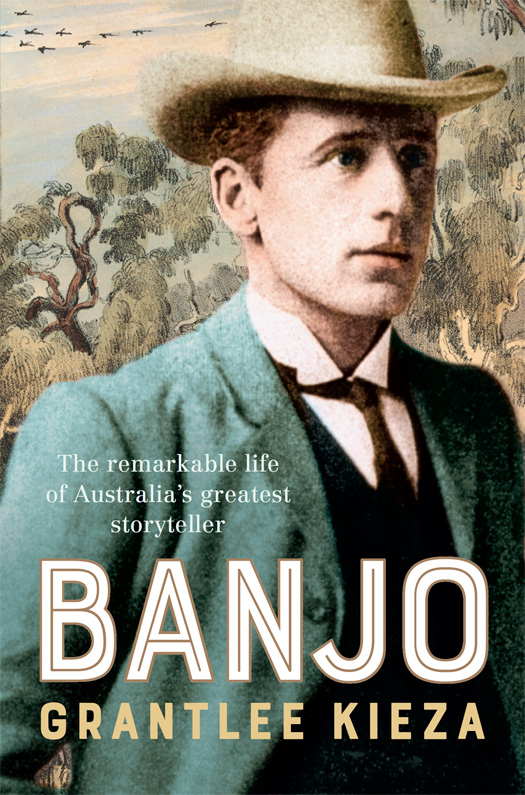Contents
Guide

For Mike and Linda Colman, my friends
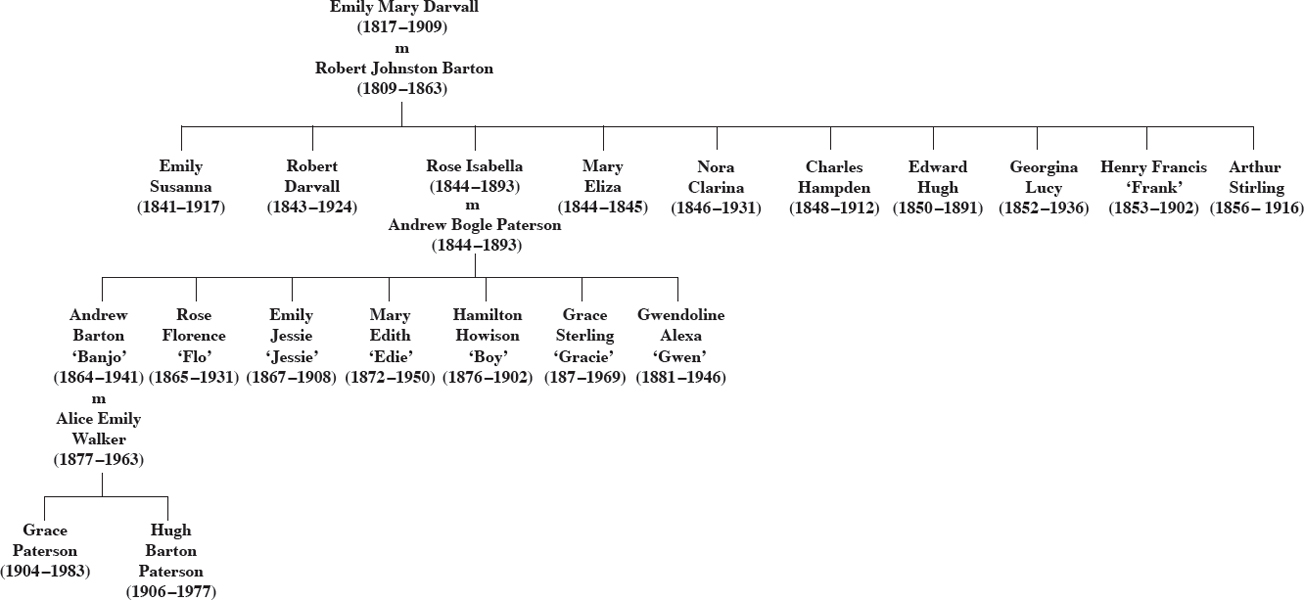
Award-winning journalist GRANTLEE KIEZA has held senior editorial positions at The Daily Telegraph, The Sunday Telegraph and The Courier-Mail. He is a Walkley Award finalist and the author of fourteen acclaimed books, including recent bestsellers Mrs Kelly, Monash, Sons of the Southern Cross and Bert Hinkler.
And the bush hath friends to meet him, and their kindly voices greet him
In the murmur of the breezes and the river on its bars,
And he sees the vision splendid of the sunlit plains extended,
And at night the wondrous glory of the everlasting stars.
BANJO PATERSON, CLANCY OF THE OVERFLOW

I thought that most of us had a bit of a craving for the free life, the air and the sunshine, and to be done with the boss and the balance sheet.
BANJO PATERSON ON THE INSPIRATION FOR HIS WRITING
Name: PATERSON, ANDREW BARTON
Married or single: Married
Height: Five feet 10 inches
Weight: 11 stone 10lbs
Chest measurement: 38
Eyesight: Good
Age: 49 years seven months
Occupation: Author
T hus, on 24 September 1915, the handsome, middle-aged but still athletic Andrew Barton Banjo Paterson writer, editor and battling wheat farmer applied for a commission in the Remount Unit serving in the Middle East during the First World War. Hed lied about his age in fact he was fifty-one years and seven months but his passport to war had always been his horsemanship and, to him, that mattered more than age. In any case he had always been a storyteller, prone to embellishment.
Banjo told the commanding officer that he was an Australian-born British subject and proud of it, that he was a qualified solicitor, and that he was equally qualified for this great job at hand against the enemy, having had considerable experience in the business of war.
In this, he wasnt embellishing. During the Boer War in 1899, he had spent time as a correspondent riding with Lord Frenchs cavalry. More recently, he had reported on the destruction of the Emden and had worked a short stint in France as an ambulance driver, having sailed with Australias First Division from King George Sound off Albany for Egypt on 1 November 1914. It was a huge convoy that stretched for twelve kilometres, made up of thirty-eight troop ships carrying 30,000 Australian and New Zealand soldiers and 7800 Waler horses. A special correspondent embedded with the troops, Banjo wrote in the Sydney Morning Herald that Sunday, 1 November was a red-letter day in the history of Australia when the young nations greatest maritime venture put out to sea, moving across the ocean like a large regatta of great steamships... the most wonderful sight that an Australian ever saw.
BANJO PATERSON LIVED AN EPIC LIFE. As a child he had ridden bareback to a one-room school, following a trail frequented by the bushranger Ben Hall, and was allowed to fire a rifle that was used to kill a bandit. He rode across the Australian bush with Breaker Morant and bounced around the English countryside with Rudyard Kipling. He listened to the bluster of Winston Churchill and saw the brutality of Lord Kitchener. He was a legal advocate for Henry Lawson, his literary rival, and he was a pitch invader at the Sydney Cricket Ground, a tennis ace, a champion jockey and a celebrated polo player. He reported from war zones and had more battles on the sporting field than he could remember. He backed Carbine and Phar Lap, and met the great cricketers, from the Demon Fred Spofforth to Don Bradman. He went to the races in France with the bawdy queen of vaudeville and flirted with the young novelist Stella Miles Franklin.
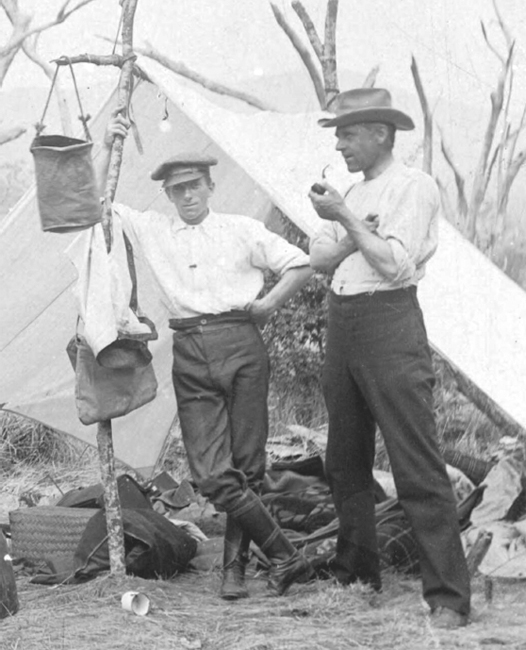
Banjo Paterson (right) with Thomas Leslie Griffin, the driver for biscuit baron Colonel J.M. Arnott during a visit to Jindabyne in 1910. National Library of Australia
During his lifetime, Banjo became one of the best-known Australians worldwide. As well as a poet and storyteller, he was a newspaper editor, columnist and highly regarded war correspondent, but it was his fictional heroes the romanticised bushmen and women, heroic underdogs, tough and independent battlers tackling nature and the establishment head on that endured, still as vivid and enchanting as they were when they first appeared, somewhere between his memories and imagination. Though he never made a fortune from his writing, he enriched the lives of his readers.
For his two granddaughters he composed marvellous biographical tales of his early days in remote pockets of Australia, in an ode to his family and the country he loved. He left a treasure trove of stories and memories for his nation, and the characters he created would resonate with generations to follow, helping to define the nations identity and bridging urban life of the twenty-first century with the rural struggles of the nineteenth.
Banjos works have been sung or recited by artists as diverse as Dame Nellie Melba, Leonard Teale, Chubby Checker, Slim Dusty, The Seekers, Jack Thompson and Andr Rieu and countless lesser-known entertainers around Australia. As recently as the winter of 2015, I sat under the starlight beside the Thomson River near Longreach, listening to a local entertainer named John Hawkes sing about the trials and tribulations of life on the great cattle and sheep stations. He sang songs of the bush that like Banjos writings more than a hundred years before rejoiced in the humour and the oddities of a unique world most Australians only know from books and poems. And he sang about a young city solicitor who, in late nineteenth-century Sydney, received a letter from a remote corner of Australia, written in such a meandering script that it could have been put on paper by a thumbnail dipped in tar.
There, beside that languid river in 2015, Banjos Clancy of the Overflow was as captivating as it had been when he conceived it in 1888,
The most memorable of all Banjos characters is the jolly swagman who camped by a billabong and with nothing but a jumbuck in his tuckerbag confronted the twin powers of money and the law. Waltzing Matilda, the ballad of this free spirit who opposed crushing authority, was born from one of Banjos love affairs, and has become Australias unofficial national anthem.
The chorus that Banjo and Christina Macpherson jotted down are words of love.
Wholl come a-waltzing Matilda, my darling.
Wholl come a-waltzing Matilda with me.
From the remote, dusty flat country of Central Queensland where these words were composed, Waltzing Matilda became a reminder of Australian outdoors life, a song synonymous with the nation and its people, even though the vast majority of Australians now live in big cities far from billabongs and shearing sheds. Long after Banjos death, Waltzing Matilda remains a rallying cry for Australians in times of distress, in times of joy, in times when what Banjo saw as the essence of Australianness bravery against overwhelming odds has been sorely needed. It was Australias song to the world for the Sydney Olympics Opening Ceremony, the victory song for Australias triumph in the Americas Cup, and the first song to be broadcast to earth by astronauts.
Next page

